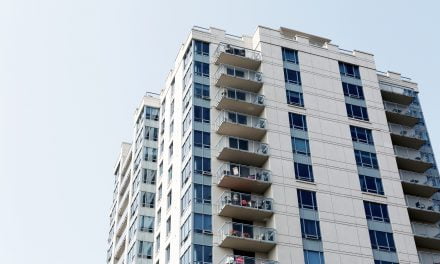California’s housing shortage is the latest battleground between state-led initiatives and local governments.
All too often, legislation and funding passed to alleviate the housing shortage never make it from the state level into local communities. This means the burden continues to fall on renters and homebuyers, ensuring the pace of home price and rent increases remains higher than income increases.
In fact, most California renters pay more than the recommended 30% of their income on rent. Worse, roughly one-third of renters pay over half of their income on rent, according to California’s Office of the Attorney General (OAG).
California’s Department of Justice (DOJ) has enacted several new initiatives to combat the state’s housing shortage. This includes a new Housing Strike Force aimed at advancing:
- access to housing;
- availability of affordable housing;
- environmentally sustainable housing; and
- equity in California’s housing market, according to the OAG.
This new strike force is made possible by 2021’s Assembly Bill (AB) 215, which broadens the OAG’s powers to enforce state housing laws.
Related article:
Local governments try to dodge California’s single family zoning ban
NIMBYs, beware
California’s new Housing Strike Force is aptly named, as the OAG goes on the offensive against not-in-my-backyard (NIMBY) advocates who have long held the power in the struggle for more housing.
With California’s growing number of households and limited space in job-rich metros, the intricacies of zoning for new housing is a contentious issue.
California’s tight zoning rules have resulted in strict:
- land use regulations;
- parking restrictions;
- lot sizes;
- height restrictions; and
- permitting costs and times.
With all these restrictions, it’s much easier for builders to stick to single family residences (SFRs), which has resulted in a reduced housing supply. Each year since 2018 there have been more SFRs constructed in California than multi-family units.
However, to keep up with population growth, the OAG estimates an additional 180,000 new housing units need to be completed each year. But new construction has not exceeded 80,000 units annually since 2008. This leaves a lot of catching up for housing — and explains the immense price increases experienced across all housing types.
But California’s AG is putting on the gloves, most recently defending SB 10 in court against NIMBY groups who sought to declare the law unconstitutional. SB 10 allows local governments to rezone for up to 10 residential units per parcel in job-rich areas, transit-rich areas and urban infill sites.
To stabilize prices and rents, local governments will need to comply with legislation to counter the housing shortage as it is passed. The new, more aggressive tactics from the OAG will help keep this compliance in check. Then, organic growth in new construction will occur where it is most in demand, putting an end to the inventory shortage.
An end to the housing crisis will ensure a higher quality of life for residents, making homeownership more attainable for first-time homebuyers who are currently priced out. This will help residents stay afloat — especially real estate professionals, whose careers depend on healthy turnover and broad access to housing.
Have a complaint or tip about housing laws not being enforced in your community? Email housing@doj.ca.gov.
Related article:














